By using a coal briquetting machine or a coke briquetting machine, these fine/dust can be easily turned to briquette. One thing in this briquetting process make things become easier, that is – binder.
The coal briquette and coke briquette binders have a dual function in the briquette making process.
1. it can infiltrate the coal particles, form a binder bridge to connect the particles, enhance the interaction between the coal/coke, and bond the particles together.
2. When carbonized, it can form a colloidal body, and the inert components are bonded together to form a high mechanical strength coal/coke briquette.
Choose the binder in a reasonable way is of great significance for improving the added value of pulverized coal and saving coking coal.
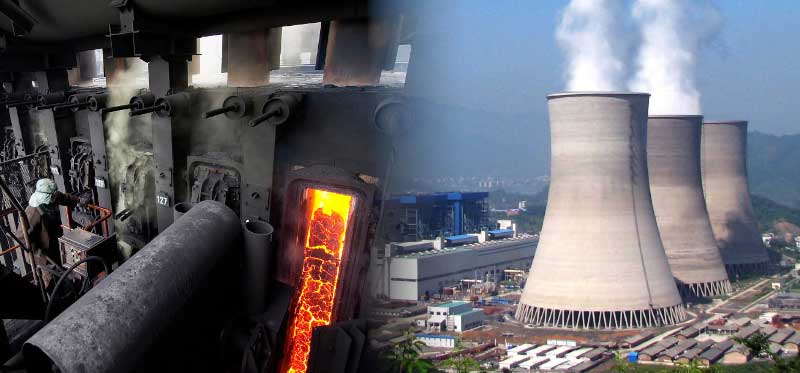
Coal and coke briquette can be generally divided into 3 types:
Inorganic binder, organic binder, composite binder.
Inorganic binder
Commonly used inorganic binders include various inorganic salts such as clay, bentonite, kaolin, and argil.
The inorganic binder has a wide source, low price and certain viscosity. The coal/coke briquette made with inorganic binder has high temperature resistance, good thermal stability, high strength and low sulfur content, but the calorific value is reduced due to the high ash content.
Most inorganic binders are readily soluble in water, making the coal/coke briquette poorly water resistant.
Clay and lime are the earliest used inorganic binders for coal briquetting. Lime is the most widely used binder of these two binders, and the resulting coal briquette has good reactivity and has a sulfur-fixing effect.
The alkali metal, alkaline earth metal and other components in the inorganic binder can react with sulfur. For example, MgO can fix 86% of sulfur in lignite.
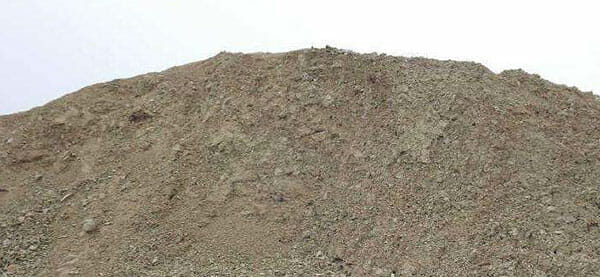
Organic binder
Organic binders such as tar slag and coal tar pitch have good bonding properties, which can significantly improve the cold mechanical strength and thermal strength of coal briquette. But these binders are easily decomposed at high temperatures, resulting in the disappearance of bonding effect, they have a weak contribution to the performance of coke briquette.
Coal tar and tar residue
Coal tar
Coal tar is one of the main by-products of coke production. It is dark brown and viscous, heavier than water and low in ash. It is a mixture of various organic substances. The softening point is similar to that of coal tar soft asphalt. It is a very good hot melt type binder.
According to the different final temperature of coal pyrolysis, it is divided into high temperature, medium temperature and low temperature coal tar.
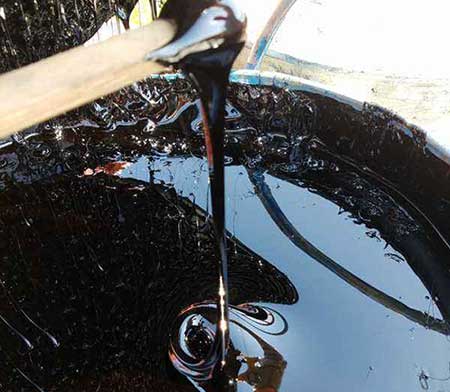
Because of the high content of asphaltenes in high temperature coal tar, its bonding performance is the best.
The coal briquette made with coal tar has a long hardening time, from which the carbonized coke briquette has a low strength.
Distillation is generally used to remove light fractions having a low boiling point, and the heavy fraction having a higher boiling point is concentrated to obtain a similar asphalt property, and the bonding property is remarkably improved, thus it can be used alone as a coal briquette /coke briquette binder.
Tar residue
The coal tar mixed with pulverized coal, coke powder, resinous polymer etc. is called tar residue.
It is an industrial hazardous waste residue, which is a dangerous solid waste that directly pollutes the atmospheric environment and pollutes groundwater sources and farmland.
The tar residue has high calorific value and high organic fixed carbon content. As a binder, it can be used as the binder for the coking coal, which can save limited coking coal resources, and is the best way to solve the utilization of waste slag resources. It has significant social benefits and economic benefits.
Asphalt
Asphalts mainly include coal tar pitch and petroleum pitch.
Coal tar pitch contains aromatic and heterocyclic compounds. It is polar and has a strong affinity with coal, together they can form polar covalent bonds. The strength of coal tar pitch coal briquette is high. Many pulverized coal briquette or coal coking factories use coal tar pitch as a binder.
Asphalt binders have good water resistance and high mechanical strength. The produced coal briquettes are easy to store, transport and use, and are widely used in countries all over the world.
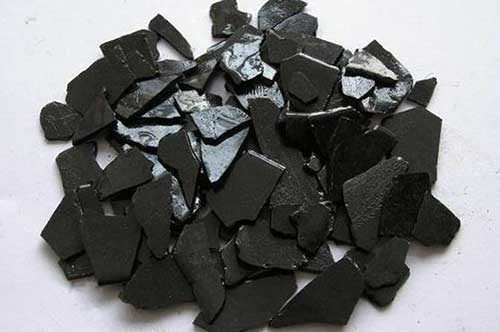
Biomass
Biomass resources are wide, low in price, renewable, no secondary pollution, high in calorific value, and do not increase the ash of coal briquette.
After physicochemical modification, cellulose, hemicellulose and lignin are degraded to different extents, leaving solid phase fiber components to be connected, net coal particles, making chemical bonds formed between the coal particles. The obtained liquid sugars, pectins, tannins and the like also have a binding action.
Adding a little biomass to the coal briquette improves the mechanical strength and compressive strength of the coal briquette.
Industrial waste
The use of industrial waste as a coal briquette and coke briquette binder can realize the resource utilization of waste, save coking coal resources, increase coke production, and solve the environmental pollution problem caused by conventional waste treatment methods.
The industrial wastes commonly used in the production of coal briquette and coke briquette are waste plastics, paper industry waste, and sugar industry waste.
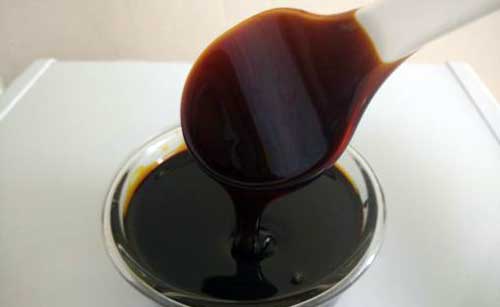
Humic acid
Humic acid is a kind of organic acid containing various functional groups produced by plants in the process of spoilage.
It has colloidal properties. The humic acid binder has strong polarity and is easy to bond with the surface molecules or molecules in the micropores, this could lead to a certain strength coal briquette.
After drying, the humate is reduced to a colloid, and the pulverized coal is firmly bonded, so that the coal briquette has a high strength.
Starch
Starch is a natural high molecular organic substance with a wide range of sources, no toxicity, and strong adhesion.
However, starch lacks a coke-forming component, has poor water resistance, and undergoes a large degree of swelling in wate.
It is not widely used in industry.
Starch is widely used as a binder on barbecues briquettes which is rapidly increasing.

Composite binder
The composite binder means that two or more different types of binders are simultaneously mixing together.
A variety of binders complement each other’s deficiencies, which helps to get higher quality coal briquette and coke briquette.
The composite binder is normally divided into three types: organic-organic, inorganic-organic, inorganic-inorganic.
Composite binder examples:
Inorganic and inorganic materials, such as wollastonite; a mixture of slaked lime and humate; Organic and inorganic compounds, such as MJ3 mixed with bentonite.
New binder development(polymer binder)
A binder made of natural polymer or synthetic polymer can be made into a polymer binder.
The polymer type has strong bonding ability, good water resistance, non-toxic and environmental protection, and has a certain calorific value, but the price is high.
Commonly used are polyethylene (alcohol), polystyrene, acrylate, phenolic resin and epoxy resin.
Choose the right coal briquette and coke briquette binder can increase the added value of pulverized coal and save raw material resources.
Inorganic binders are widely available and low in price, but the resulting coal briquette has reduced calorific value, poor moisture resistance, poor water resistance and high ash content. The organic briquette obtained from the organic binder has a high mechanical strength in the cold state, but is easily decomposed and burned at a high temperature, but has less residual ash after combustion. The composite binder complements each of the two binders, resulting in an increase in the quality of the coal briquette and coke briquette.
